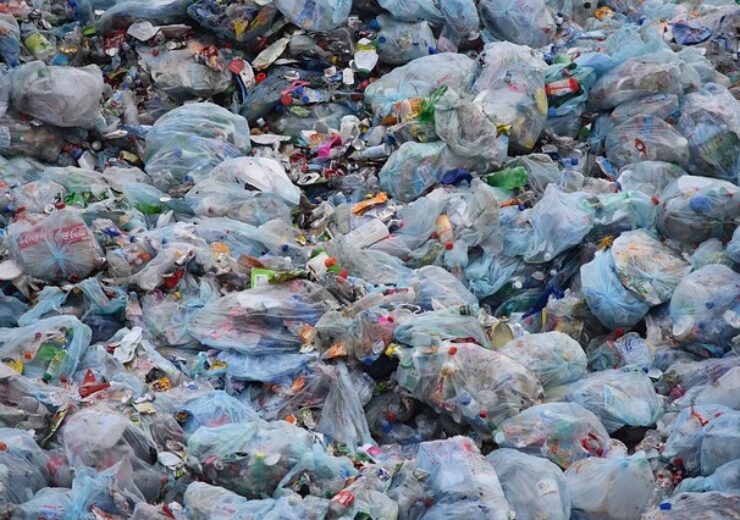The remedy is intended to reduce the concentration of contaminants in groundwater to levels which will be protective of human health for exposure to indoor air

EPA selects final groundwater cleanup plan. (Credit: Ben Kerckx from Pixabay.)
The U.S. Environmental Protection Agency (EPA), in consultation with the State of Massachusetts, has selected a final plan to cleanup groundwater contamination at the Nyanza Chemical Waste Dump Superfund Site, Operable Unit 2, located in Ashland.
The selected remedy is intended to reduce the concentration of contaminants in groundwater to levels that will be protective of human health for exposure to indoor air, such that the existing vapor mitigation systems are no longer needed, and to minimize the need for controls to protect construction workers during excavation activities.
“EPA is proud to finalize the plan to cleanup groundwater at this Ashland, Massachusetts Superfund site,” said EPA New England Regional Administrator Dennis Deziel. “EPA has been engaged for many years in investigating contaminants at the Nyanza site and has taken many previous actions to protect people’s health by addressing hazardous contamination. This plan means EPA is making good on our commitment to protect the people and communities we serve.”
EPA’s Final Cleanup Plan for Operable Unit 2 (OU2) Groundwater at the Nyanza Chemical Waste Dump Superfund Site includes the following components:
Additional studies to identify any additional sources of “dense non-aqueous phase liquid” (DNAPL). Residual DNAPL is believed to be the source of elevated levels of volatile organic compounds (VOCs) detected within the contaminated groundwater plume.
Additional DNAPL extraction and recovery if further DNAPL sources are encountered.
In-situ chemical oxidation (ISCO) treatment of groundwater within the source area to address VOC contamination in deep overburden and shallow bedrock zones.
Long-term monitoring to evaluate remedy performance in both the source area and the downgradient plume areas of concern.
Land use restrictions (called “Institutional Controls”).
The remedy will include the implementation of the cleanup components and institutional controls described above. The remedy is intended to reduce the concentration of contaminants in groundwater to levels which will be protective of human health for exposure to indoor air such that vapor mitigation systems are no longer required, and to minimize the need for controls to protect construction workers during excavation activities.. The overall remedy will also continue to include periodic reviews at least every 5 years to assess its protectiveness.
EPA calculates the final cleanup remedy for OU2 – including construction, operations and maintenance, and long-term monitoring – to cost approximately $20.5 million and estimates it will take approximately 5 to 10 years to design and implement.
Source: Company Press Release
